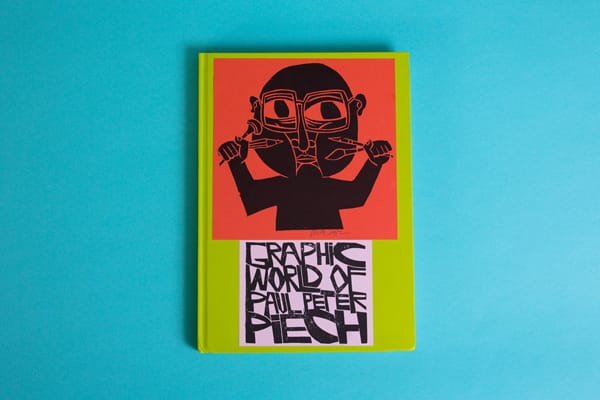New book from Four Corners, designed by John Morgan, on little-known designer and print-maker Paul Peter Piech celebrates a graphic activist with political fire in his belly.
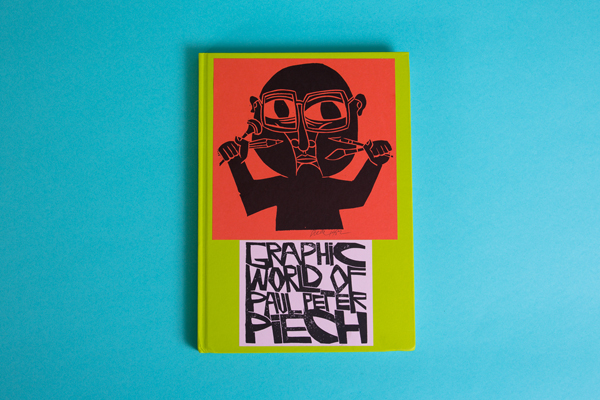
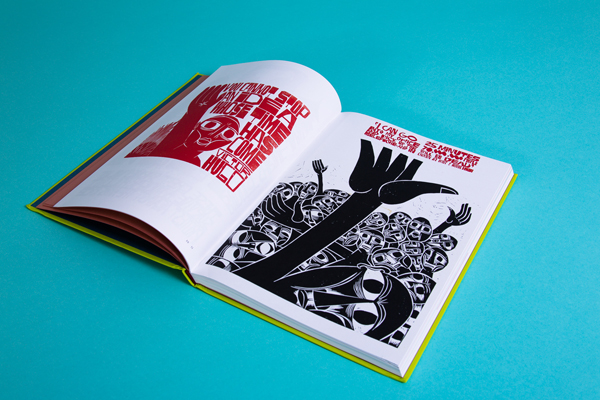
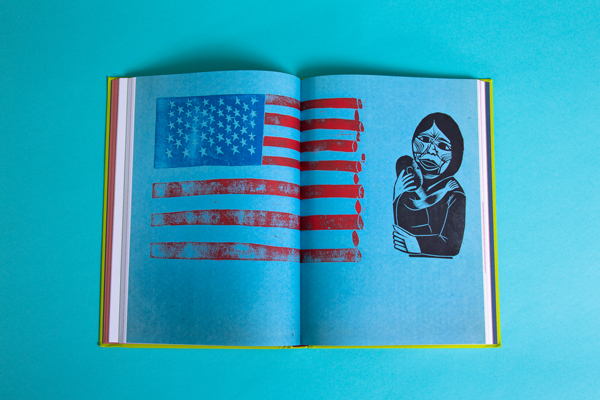
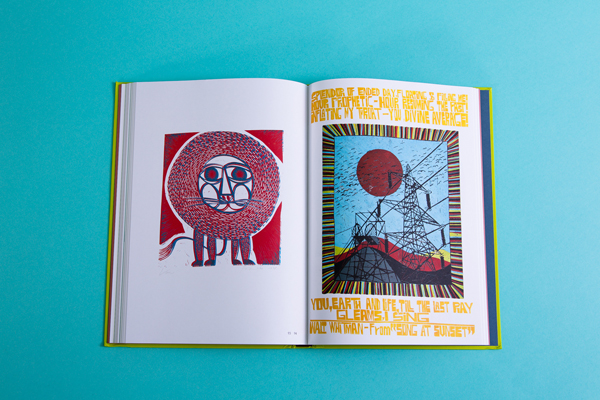
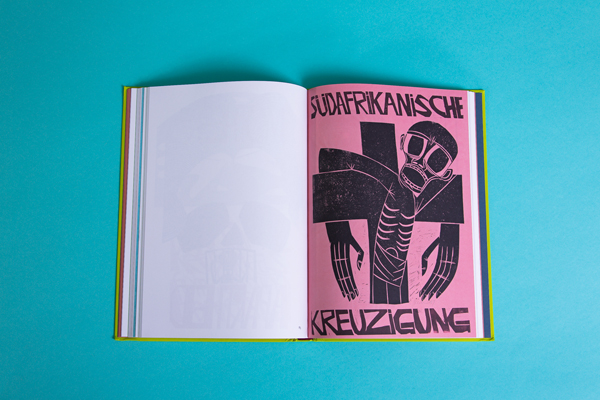
There is too often a disconnect between graphic design and politics, but when design and political fervour come together the results can be explosive. Paul Peter Peich (1920—1996) spent his long career and the best of his creative energy documenting and activating the political concerns of the twentieth century. The vitality, wit and aggression of his work is celebrated in this brilliantly compiled monograph from Four Corners Books.
We’re led into the world of Piech by a biographical essay by author Zoe Whitley, narrating his birth in Brooklyn to immigrant parents from the Ukraine, his youth spent in libraries and painting and drawing in his bedroom, staying out of trouble perhaps, but observing and absorbing the mixed community of immigrants living in the heart of organised crime era New York. Piech developed a fierce sense of social equality that stayed with him always as the motive in his work. The Taurus Press credo was to... create enduring pieces of printing that will embody the best knowledge of the art of typography... Studies at Cooper Union, then service in the Air Force during World War Two; a return to his studies under several influential design instructors who were refugees from Germany — Piech’s formative moments were framed by political forces.
As Whitley points out, however, this did not preclude Piech from pursuing a career in advertising, first in the United States and then in Britain (where he lived after marrying Welshwoman Irene Tomkins, whom he met on leave during the war). The social reach of posters and advertising appealed to Piech and his striking, colourful, innovative technique made him successful at it. His independent spirit and passion for image-making, however, were not sated by advertising and in 1959 he launched his own independent press. Whitley quotes Piech on his Taurus Press’s credo “to create enduring pieces of printing that will embody the best knowledge of the art of typography.”
Working on salvaged and second hand presses, using letterpress type, woodcuts and linocuts, Piech produced thousands of posters and seventy-five books, their energy and uncompromising visual power still palpable in the pages of this book, where they are masterfully presented.
We’re accustomed to seeing outstanding design for Four Corners by John Morgan Studio, and this latest does not disappoint. John Morgan’s customarily pared-down, classic typography is an apt foil to the bold, colourful imagery of Piech. Uncoated, coloured paper stocks add an extra dimension to the content, hinting at the material world of rough-hewn paste-up propaganda posters. As Whitley points out, prints that were originally on white paper have had the paper tone removed , “so that the images appear to sit directly on the book pages, in keeping with the appearance of the books Piech himself made”.
Two archives have provided the bulk of the material in Whitley’s book — the V&A (where she is curator) and the University of Reading. We can thank the author for bringing Piech’s until now little-known work out of the archive and into the light.
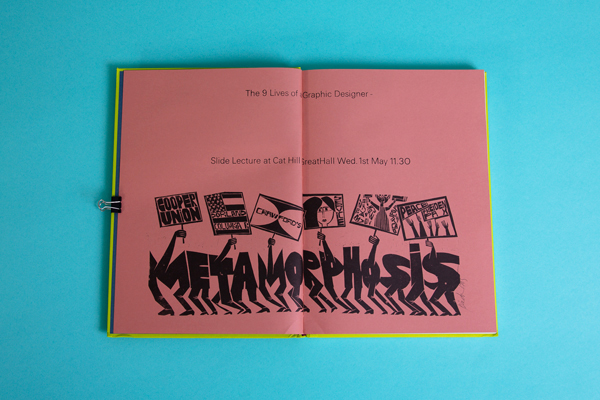
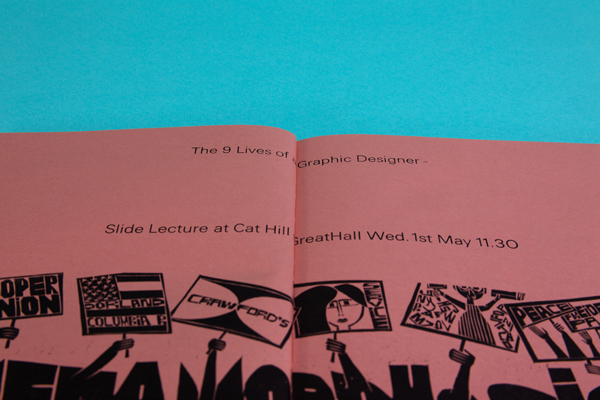
The Graphic World of Paul Peter Piech
By Zoe Whitely, 2013
Published by Four Corners Book £20.00
Four Corners Books

